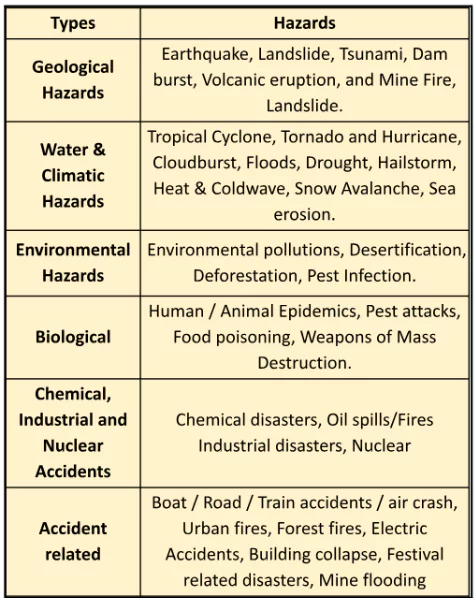![]() June 24, 2024
June 24, 2024
![]() 2427
2427
![]() 0
0
Understanding natural hazards and disasters like tropical cyclones, floods, droughts, and landslides is crucial for preparedness and mitigation efforts. Disasters result from a combination of hazards, vulnerability, and insufficient capacity to cope, impacting communities and societies. Exploring the causes, distribution patterns, and vulnerabilities associated with these events helps in developing strategies to minimize their impact.

| Must Read | |
| Current Affairs | Editorial Analysis |
| Upsc Notes | Upsc Blogs |
| NCERT Notes | Free Main Answer Writing |
Understanding natural hazards, such as tropical cyclones, floods, droughts, and landslides is vital for effective disaster management. By understanding the causes, distributional patterns, and vulnerabilities, communities can better prepare and respond to these events, mitigating their adverse effects and enhancing resilience. Collaboration, awareness, and proactive measures are key to building safer and more resilient societies in the face of these challenges.
<div class="new-fform">
</div>
Latest Comments